Sech2-shaped Pulses
Definition: pulses with a temporal intensity profile which has the shape of a sech2 function
More general term: light pulses
German: sech2-förmige Pulse
How to cite the article; suggest additional literature
Author: Dr. Rüdiger Paschotta
Ultrashort pulses from mode-locked lasers often have a temporal shape (i.e., shape of the curve showing optical power versus time) which can be described with a squared hyperbolic secant (sech) function:
The full width at half-maximum pulse duration is approximately 1.76 times the parameter τ. (That parameter itself is sometimes called the pulse duration.)
In many practical cases (e.g. soliton mode locking), sech2 pulses have hardly any chirp, i.e., they are close to transform-limited. The time–bandwidth product is then ≈ 0.315.
Compared with a Gaussian function with the same half-width, the sech2 function has stronger wings, as shown in Figure 1.
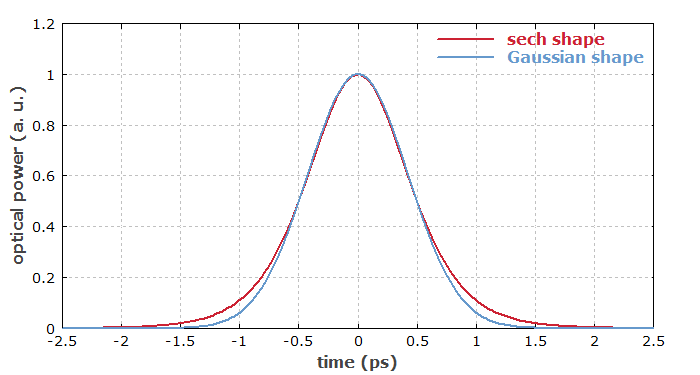
The peak power of a sech2 pulse is ≈ 0.88 times the pulse energy divided by the FWHM pulse duration.
The sech2 shape is typical of fundamental soliton pulses (in the absence of higher-order dispersion and self-steepening). Therefore, this pulse shape also occurs in soliton mode-locked lasers. However, it is also found in other situations; for example, passive mode locking with a slow absorber usually leads to a pulse shape which is relatively close to the sech2 shape.
Questions and Comments from Users
Here you can submit questions and comments. As far as they get accepted by the author, they will appear above this paragraph together with the author’s answer. The author will decide on acceptance based on certain criteria. Essentially, the issue must be of sufficiently broad interest.
Please do not enter personal data here; we would otherwise delete it soon. (See also our privacy declaration.) If you wish to receive personal feedback or consultancy from the author, please contact him e.g. via e-mail.
By submitting the information, you give your consent to the potential publication of your inputs on our website according to our rules. (If you later retract your consent, we will delete those inputs.) As your inputs are first reviewed by the author, they may be published with some delay.
See also: pulses, Gaussian pulses, solitons, soliton mode locking, transform limit
and other articles in the category light pulses
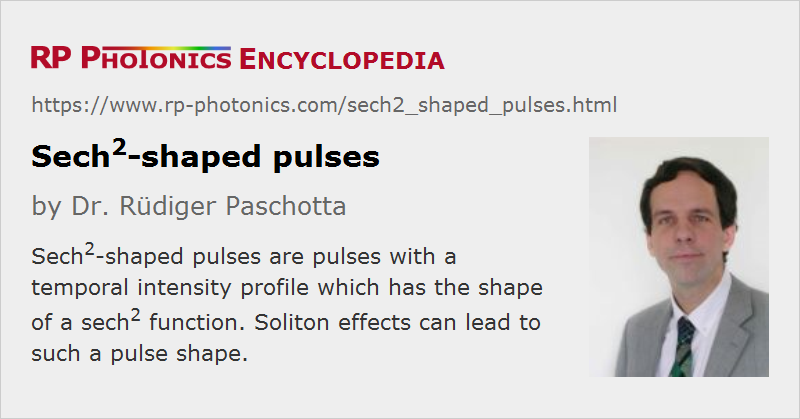 |







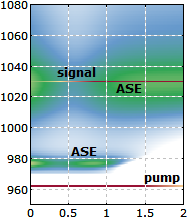


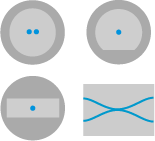

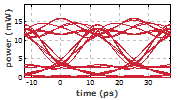
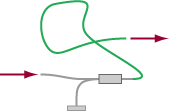
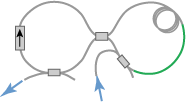
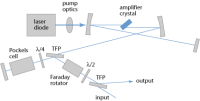

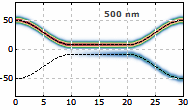
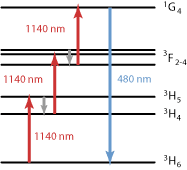

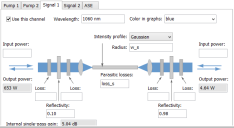

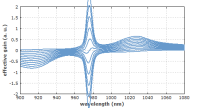
If you like this page, please share the link with your friends and colleagues, e.g. via social media:
These sharing buttons are implemented in a privacy-friendly way!